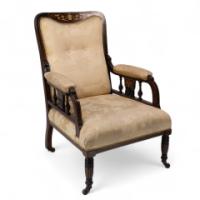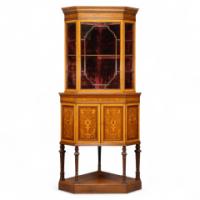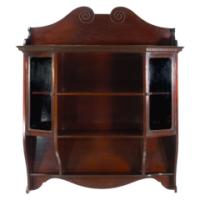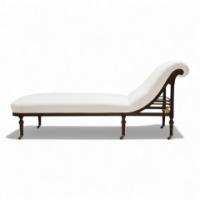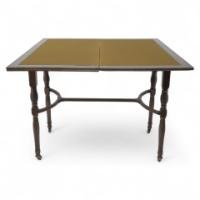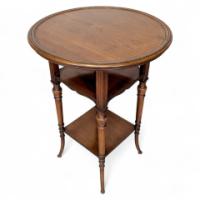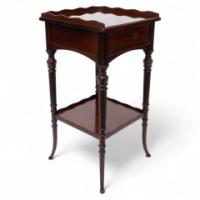Le Bon Marché. A Unique Boudoir Chair with the Original Upholstery Restored by the Royal School of Needlework
POA
Width: 25.59 in (65 cm)
Depth: 25.98 in (66 cm)
1880-1889
About this piece
A unique Boudoir chair with the original upholstery restored by the Royal School of Needlework in Hampton Court Palace. Retaining the original Le Bon Marché stamped label under the seat.
Le Bon Marché was founded in 1838, but it was really in 1852 when the founders became partners with Aristide Boucicaut that the department store grew significantly in size and sales. Boucicaut developed the commercial aspect of the store, building new stores around the original ones in the 1870s.
He was the first ever to introduce fixed prices and seasonal sales as we know them today. Le Bon Marché became famous for being the center of the story of Émile Zola in Le bonheur des dames and for being the first department store in the world.
Boucicaut developed a system to increase sales where customers all around France would receive a little booklet in their mail with samples of fabrics to choose from for the upholstery of their chosen furniture. After the item was made, it would have been delivered to the customer with the network of delivery horse-carried cars that Le Bon Marché had.
This is likely what happened for this chair and makes it a unique commission work from the workshops of Le Bon Marché. The Royal School of Needlework began as the School of Art Needlework in 1872 and was founded by Lady Victoria Welby.
It began in a small room above a bonnet shop in Sloane Street, London, initially employing 20 ladies. Princess Helena and friends began a fundraising campaign and by 1903, the Prince of Wales (later King George V) was able to open new workshops on Exhibition Road, near the V&A Museum.
In the Royal School of Needlework's heyday, they employed around 150 workers. In the late Victorian period, the RSN made large-scale embroideries to the designs of Edward Burne-Jones: Musica and Poesis and designs for William Morris and Walter Crane.

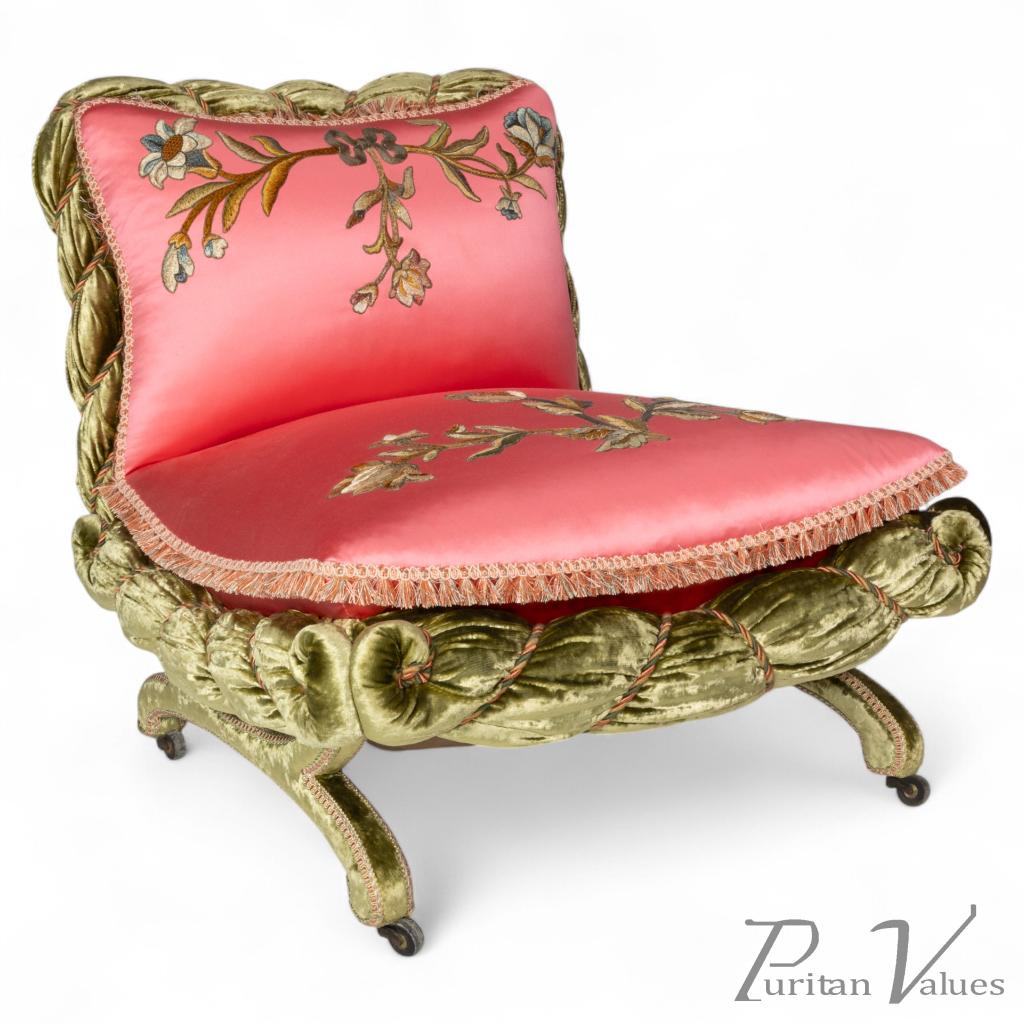
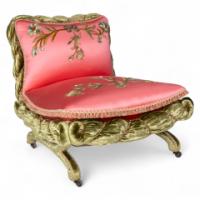
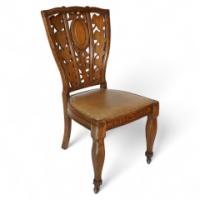
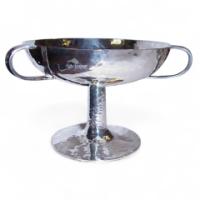


-thumb.jpg)


